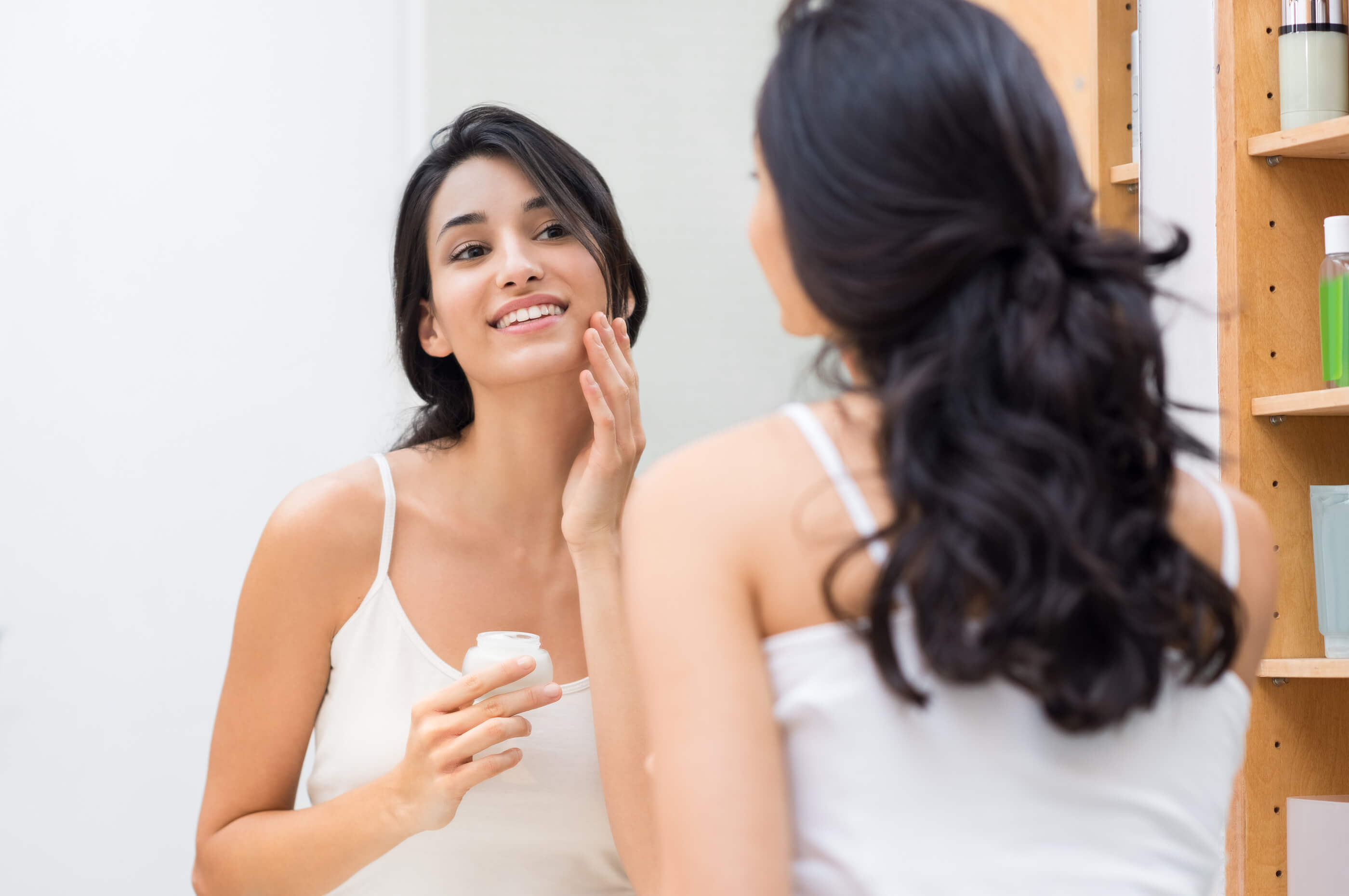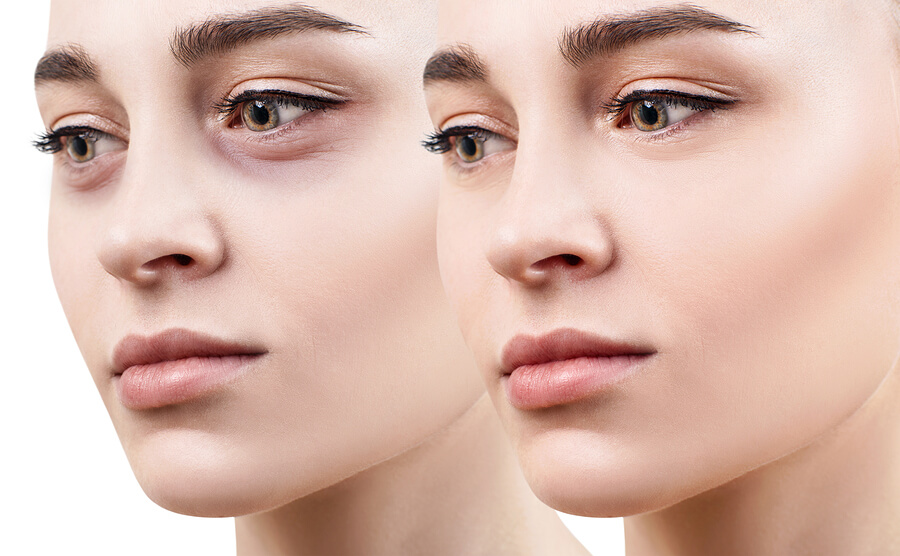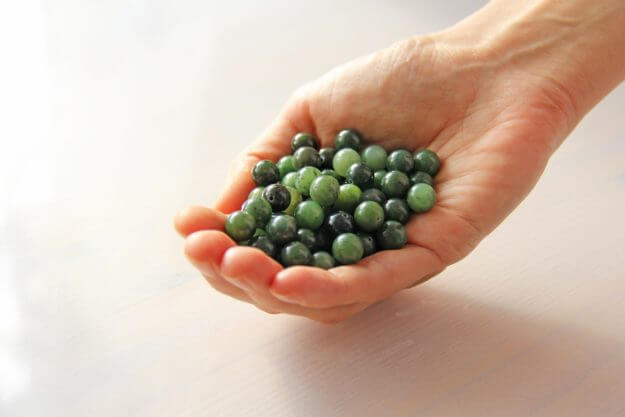The Truth About the Dangers of Sunscreens
Sunscreen comes ready to use in multiple forms: creams, sprays or even balms. There is something for everyone. The rise of sunscreen use is due to rising cases of skin cancer. One shocking statistic found that “90% of melanomas are caused by the overexposure of UV rays”. All research considered, sunscreen is more important than ever. There is no doubt that sunscreen prevents harmful UV rays from damaging the surface of skin. New findings suggest these chemicals can be just a damaging. Given the choice of a chemical or mineral based sunscreen, which should you be reaching for?
Chemicals Found in Mainstream Sunscreens
Now what is a chemical based sunscreen? Not only do these chemicals coat the surface of skin; they, are absorbed through your pores. These chemical compounds have the capability to alter hormonal process and allergies. These chemicals quickly absorb into pores and make their way to your blood stream.
Chemical sunscreens work by absorbing UV light rays and reflecting them as a type of heat wave. The main reason why they are preferred is they have a thinner consistency and is more readily wearable.
These chemicals have long been used in the sunscreen industry. Typically the FDA (Food Drug Administration) regulates cosmetics and products; however, they have not reviewed potential hazards of these common chemicals since the 1970's. Another troubling find, as many as 17 individual sunscreen ingredients have been approved by the FDA; but as many as 9 have been proven as endocrine disruptors.

The Main Ingredients Used In Chemical Sunscreens
Oxybenzone
This ingredient is found in over 90% of sunscreens sold on shelves at any given time. in fact, you can find this ingredient in lipsticks and other cosmetics. It has been linked to allergies and hormone disruption. When absorbed by skin it blocks UVB and UVA rays; but, it can cause rash like symptoms.
Avobenzone
This primary ingredient is known for preventing sunburns and premature aging; however, due to degradation it can actually increase your risk for certain cancers and cell degradtion. For being a main ingredient, it breaks down very easily and fails to protect for the full 2 hours that most products promise.
Ocotcrylene
This ingredient is known as a stabilizing agent for the cocktail of chemicals that sunscreens contain. This ingredient gives sunscreen its oily texture and composition. It has been linked to releasing harmful free radicals and toxicity within the surface of skin.
Homosalte
This stabilizing ingredient is absorbed quickly; but, it easily accumulates onto skin which can cause toxic buildup.

What the Alternative Offers
The good news is that there are plenty of mineral based sunscreens to protect your precious skin! Mineral sunscreens function differently by deflecting UVA/UVB rather than absorbing them. Think of them as a mirror reflecting back harmful UV rays rather than absorbing into your skin. Not only do they function differently, they are more gentle on sensitive skin!
They are typically made up of zinc oxide or tiranium oxide as a physical natural barrier from the sun. Another bonus of this product is that it has no waiting period. From the moment you apply, you're protected! Now the texture of these ingredients are generally thicker and have to reapplied more often due to moisture. These seem like little inconveniences considering they have no long term side effects.
General Tips
- Don't use a SPF higher than 30 (higher doesn't mean more protection)
- Reapply sunscreen
- Reduce time spent outdoors during peak hours (12 PM-4PM)
- Cover skin if possible, wear a hat or sunglasses
it is impossible to avoid all risks that come from time spent outdoors; but, using a mineral based sunscreen will save you from the dangers of UV Rays.


 The Best Skin Care Routines
The Best Skin Care Routines  All You Need to Know About Under-Eye Fillers
All You Need to Know About Under-Eye Fillers  Can Collagen Supplements Help Reverse Wrinkles?
Can Collagen Supplements Help Reverse Wrinkles?  The Benefits of Jade Eye Rollers
The Benefits of Jade Eye Rollers  Top 6 Affordable Skincare Products Available at Drug Stores
Top 6 Affordable Skincare Products Available at Drug Stores  The Top 5 Moisturizers for Sensitive Skin
The Top 5 Moisturizers for Sensitive Skin